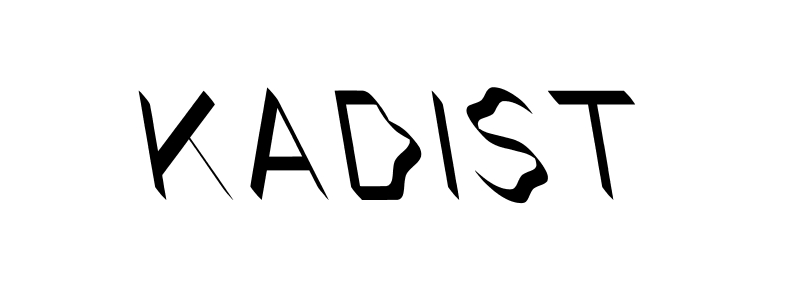RMB City: A Second Life City Planning 04
2007 - Photography (Photography)
Cao Fei
Since 2007, Cao Fei has radically focused her work on Second Life, an online space that virtually mimics “the real world” and includes everything from the expression of ideas to economic investment. Referring to China’s modernization and its capitalist and utopic visions, RMB City explores the ways in which global communication impacts imagination, values, and ways of life. By appropriating virtual reality, Cao Fei opens up a new frontier in the field of art production that surpasses conventional materiality and invites collaboration and exchanges with her public and clients.
Cao Fei is a celebrated multimedia artist known for works that focus on the interplay between real and fictional worlds. Working across photography, performance, video, and digital media, her practice vividly reflects the zeitgeist of the late twentieth century and the role that image production has played in shaping youth culture in a digital era. Influenced by an array of forms of global pop culture—from Cantonese Pop and Japanese anime to American hip-hop—a common thread in her practice is the merging of everyday life with new forms of technology as a means to unveil society’s unfulfilled desires. Her pivotal film Whose Utopia , for example, showcases assembly line workers in a factory in China as they act out their aspirations in a backdrop of industrial machinery. In another key body of work, RMB City, Fei created a virtual city through the platform Second Life —an online space that mimics ‘the real world’—as a vehicle to express ideas that relate to modernization, capitalism, and consumer culture. Through these constructed worlds, Fei presents a profound meditation on the boundaries between the real and the fantastic and the sense of alienation that drives new generations to increasingly experience the world behind the veneer of their Avatars. For Fei, the digital world is an expression of our human condition, and as such, an avenue to reflect on these emerging forms of social consciousness.
Colors:
Related works featuring themes of: » Animation, » Art and Technology, » Childhood, » China, » Chinese

© » KADIST
Chen Shaoxiong
2007After engaging primarily with video and photography for more than a decade, Chen turned to painting to explore the issue of urban change and memories—both personal and collective...

© » KADIST
Du Zhenjun
2010The Tower of Babel is an installation of large-format photographs that forces the audience to occupy a central position through its monumental scale...

© » KADIST
Lu Chunsheng
2004A mesmerizing experience of a vaguely familiar yet remote world, History of Chemistry I follows a group of men as they wander from somewhere beyond the edge of the sea through a vast landscape to an abandoned steel factory...

© » KADIST
Jiang Pengyi
2008Unregistered City is a series of eight photographs depicting different scenes of a vacant, apparently post-apocalyptic city: Some are covered by dust and others are submerged by water...

© » KADIST
Pak Sheung Chuen
2008Pak created New York Public Library Projects (NYPLP) (2008) during a residency in New York, using public libraries as exhibition spaces and the books they house as raw materials...

© » KADIST
Mark Leckey
2004In Made In Heaven , we are face to face with a sculptural apparition, a divine visitation in the artist’s studio...

© » KADIST
Du Zhenjun
2010The Tower of Babel is an installation of large-format photographs that forces the audience to occupy a central position through its monumental scale...

© » KADIST
Chen Chieh-Jen
2010Empire’s Borders II – Passage and Empire’s Borders II – Workers are from the three-channel film installation Empire’s Borders II – Western Enterprise, Inc...

© » KADIST
Yang Zhenzhong
2012Peasant Sensation Passing Through Flesh – 3 consists of a massage chair fixed to a wall...

© » KADIST
Xiaoyun Chen
2012The lengthy titles in Chen Xiaoyun’s work often appear as colophons to his photographs that invite the viewer to a process of self realization through contemplating the distance between word and image...

© » KADIST
Barry McGee
Barry McGee’s Untitled is a collection of roughly fifty, framed photographs, paintings, and text pieces clustered together in corner...









